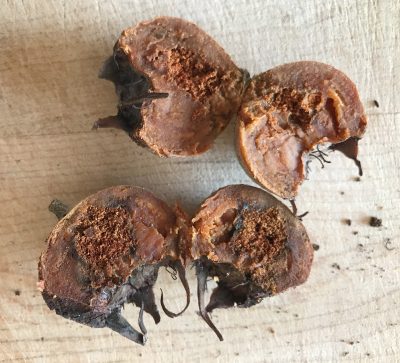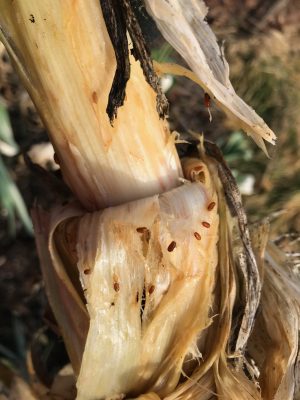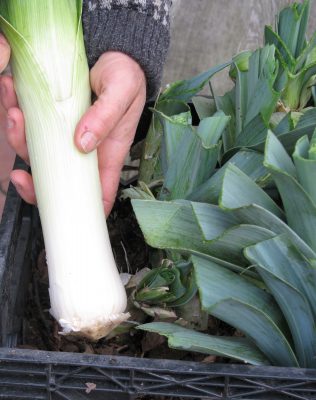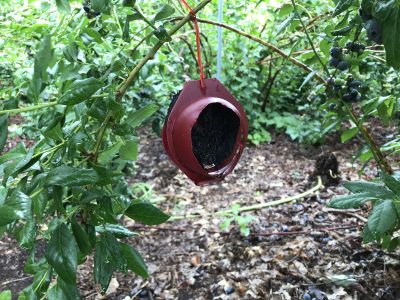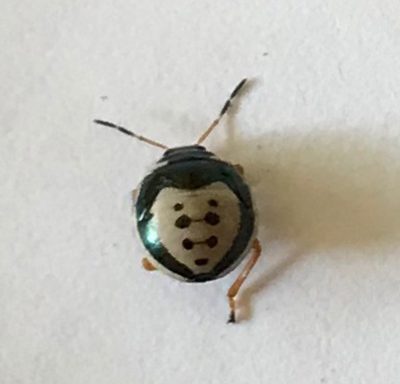Future Hopes
Totipotentiality (Is This a Word?)
I was so excited one day a few years back to receive a box full of leafless sticks by mail. The exciting thing about those sticks was that each one of them could grow into a whole new plant from whose branches would eventually hang luscious apples and grapes.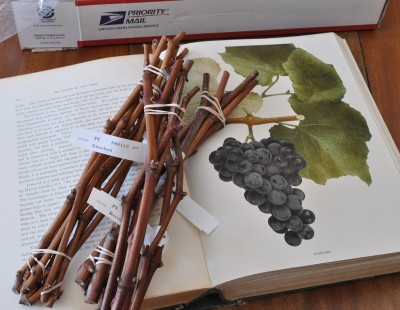
And how did I know the fruits will be luscious? Because a year prior I was at an experimental orchard getting fruit photos for a book I was working on. Of course, I couldn’t help but also taste the fruits, and that’s why Chestnut Crab, Honeygold, Mollie’s Delicious, and King of the Pippins joined the two dozen or so other varieties of apples I already grew. Cayuga White, Bertille Seyve 2758, Steuben, Lakemont, Wapanuka, Himrod, Romulus, and Venus joined my grapes.
It was “totipotence” – of the plants, not me – that allowed me to unlock potential treasures within those mailed sticks. Within a plant, every cell except for reproductive cells has the potential to become a root, a shoot, a flower, a thorn, a fruit, or any other part of a plant. For that matter, the same is true for humans and other animals. All that’s needed are the right conditions to get the various parts to grow – and there’s the rub.
A little art and science puts totipotence to work. In the case of the apples, I grafted those stems onto my existing trees or onto small rootstocks. Existing trees or rootstocks provide nothing more than roots to nourish shoots that will eventually sprout from the sticks. The plant beyond the graft remains genetically that of whatever variety is grafted upon the rootstock. 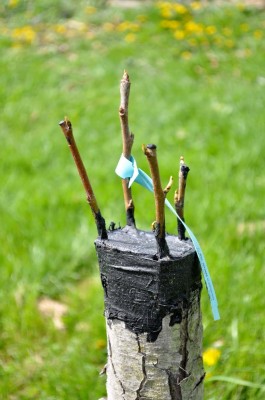 Grape sticks got plunged into the ground where they grew their own roots, shoots, and everything else. Apples aren’t so amenable to growing their own roots.
Grape sticks got plunged into the ground where they grew their own roots, shoots, and everything else. Apples aren’t so amenable to growing their own roots.
I generally wait to graft or set cuttings until early spring. Warmth awakens those sticks. Until then, they’re kept cool and dormant.
I planned on tasting the first fruits of my labors within about 3 years.
Out With the New, In With the Newer
None of those varieties I received as leafless sticks are still with me.
Because of pests, apples are especially problematic to grow here so I subsequently narrowed down my apple holdings to trees of my few very favorite varieties: Macoun, Liberty, Ashmeads Kernel, Pitmaston Pineapple, and Hudson’s Golden Gem.
Except for Wapanuka, the grapes never tasted as good here as they did at that experimental orchard. Is it because of terroir? Was it the setting that influenced my tastebuds? Anyway, they’ve been replaced by other “sticks” — Somerset Seedless, Glenora, and Vanessa — that now bear fruit in the rows with my older, established vines..
Murphy’s Law, Amendments
Although I have gardened for decades, I still consider myself a relative newbie to greenhouse gardening. Sure, I’ve dabbled in various greenhouses over the years but I’ve only experienced the intimate vagaries of my own greenhouse for the last 18 years. It took time for it to finally dawn on me that Murphy’s Law – “Anything that can go wrong, will go wrong” – also applies in the greenhouse. In retrospect, why wouldn’t it?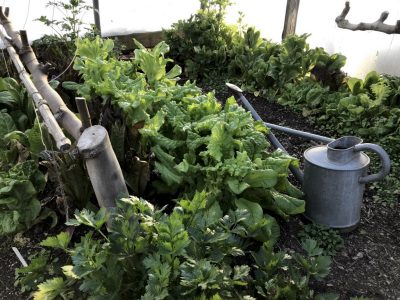
I’ve had my brushes with the law. For instance, one winter evening a few years ago when I went to pick some lettuce for a salad; methinks, “Hmmm, quite nippy in here.” But then, except from when sunlight is beaming through the plastic covering, it’s always nippy in there in winter. Salad greens, kale, chard, and celery thrive in those cool temperatures, which dip into the mid-30s before the propane heater kicks on. (The in-ground figs stay dormant and leafless.)
Still, temperatures felt nippier than normal so I checked the thermometer to confirm and, yes, it was getting down to the high 20s. I then checked the propane heater; it ignored me as I twisted the dial on the thermostat clockwise.
Right then and there, I proposed an amendment to Murphy’s Law: “Anything that can go wrong, will go wrong — at the worst possible time!” Temperatures the night before had plummeted below zero. No wonder a water line had burst that morning. I had assumed that frigid temperatures had made only that corner of the greenhouse too cold. Fortunately, after a lot of nail biting, the gas man and I determined that the pilot light had blown out in the heater. Most plants survived the cold.
One event does not a Law make. Thinking back to another Murphy event, I remember an even more serious freeze in the greenhouse. One day everything looked verdant; the next day mush. (The gas company had forgotten to re-fill the propane tank.) After that event, I rigged up a backup electric heater, just in case temperatures dropped below freezing.
Perhaps yet another Murphy’s Law Amendment is needed. On the night of a more recent freeze, the electric heater was, of course, hooked up. Except it wasn’t poised for warmth. The thermostat was directing it to wake up, but I had forgotten to flip the heater’s “on-off” switch to “on.” My bad.
Live and learn: The sun is now setting, the mercury is now plummeting, but no fear of high winds blowing out the pilot light again. I subsequently upgraded the heater for a pilot light-less one. But when I go out to pick some lettuce, celery, and parsley, I will: Check propane heater, check electric heater, check that the water line is off. And remember to latch the door closed on my way out — really!

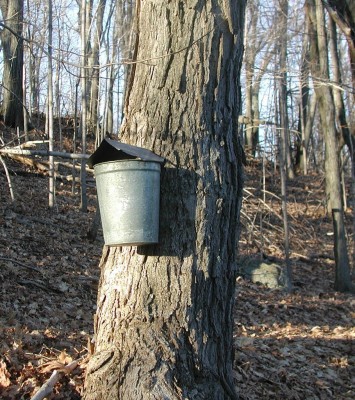
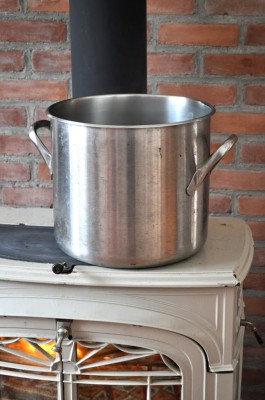
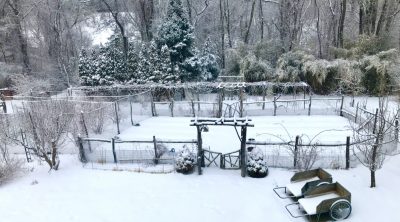
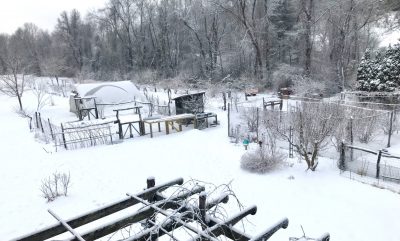
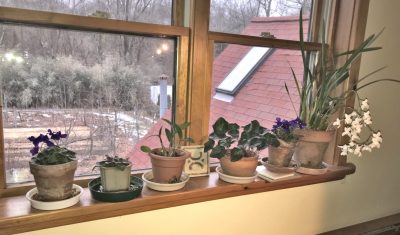
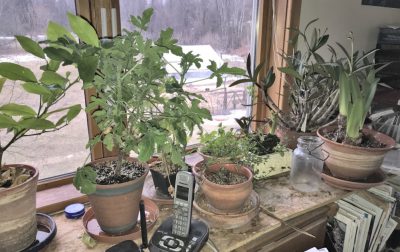
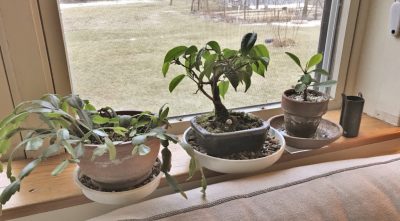
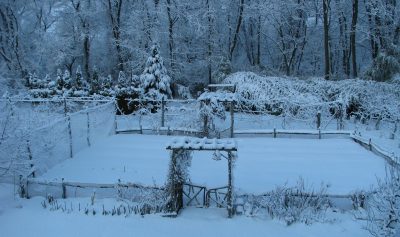
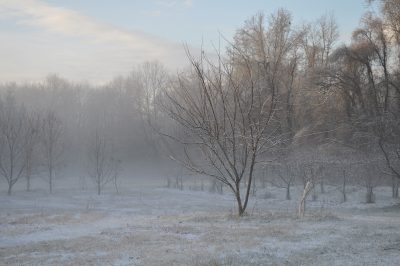
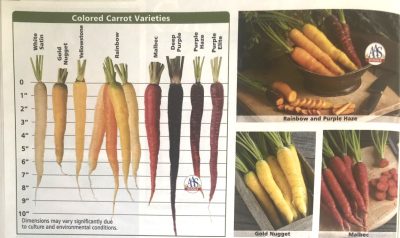
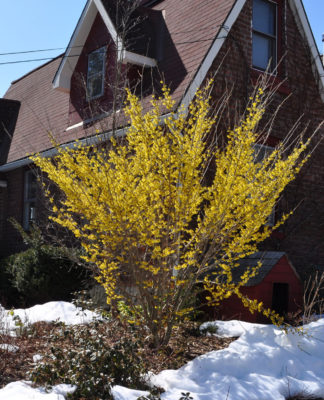 The flowers don’t exactly jump out at you so you have to get up pretty close to even notice them. Still, they are a sign of plant life in the depths of winter.
The flowers don’t exactly jump out at you so you have to get up pretty close to even notice them. Still, they are a sign of plant life in the depths of winter.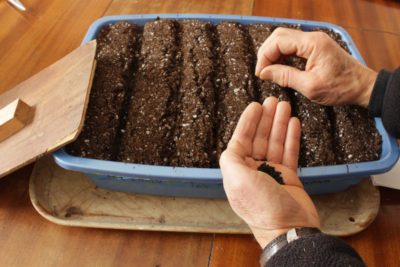
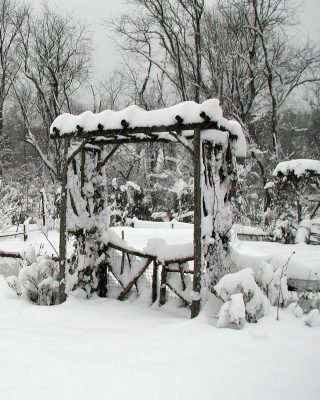
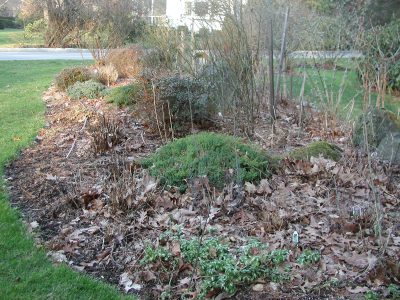
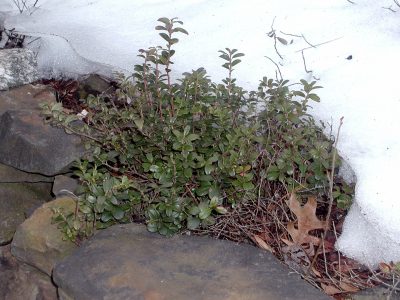
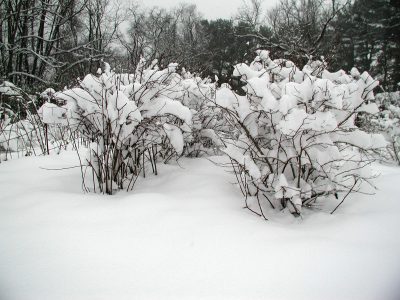
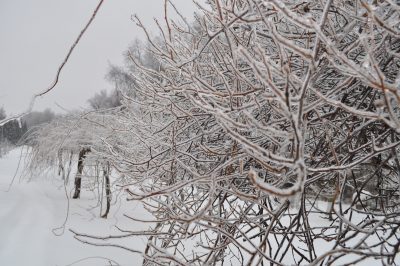
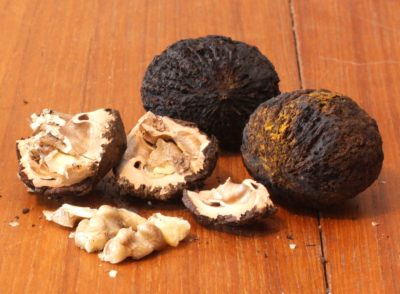
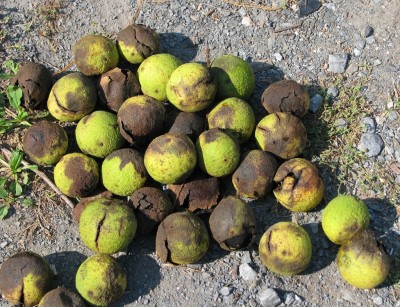
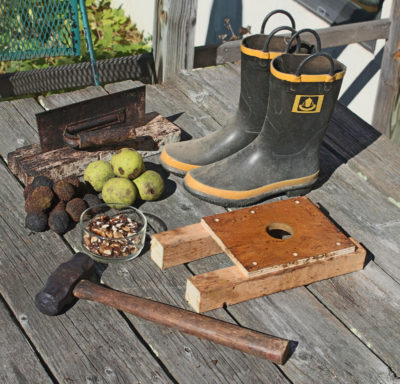
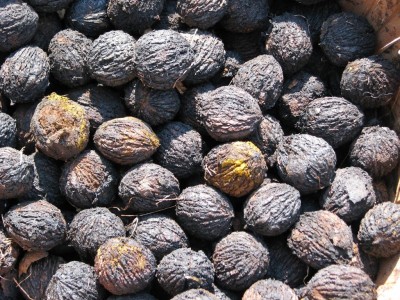
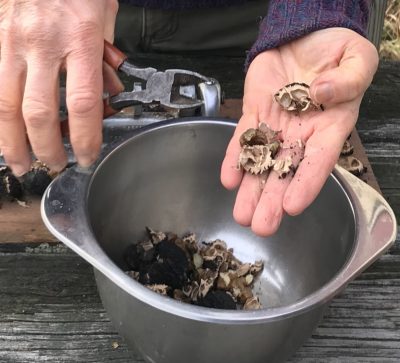
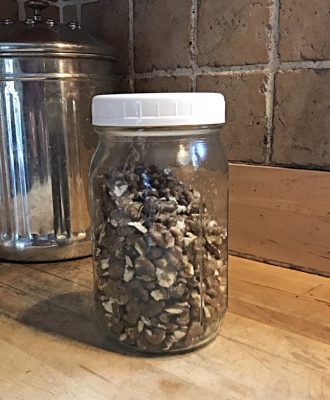
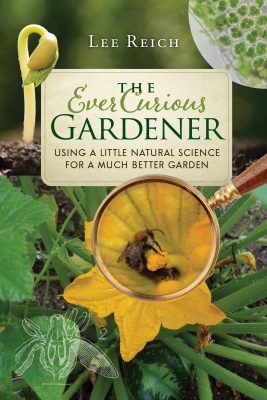
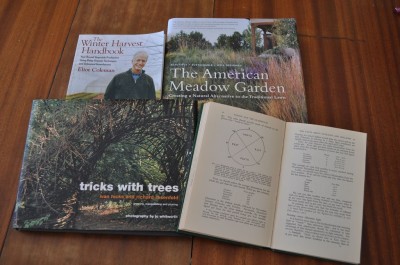
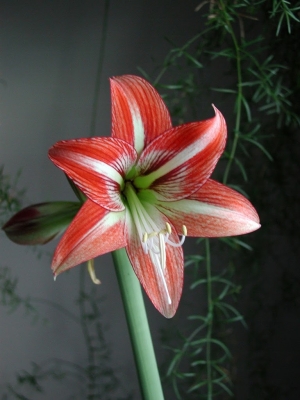
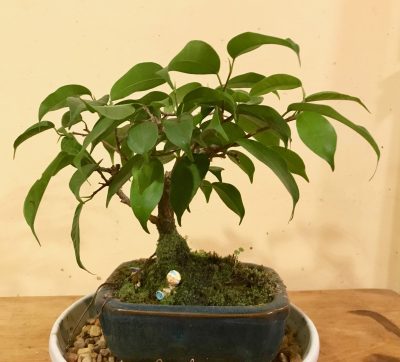
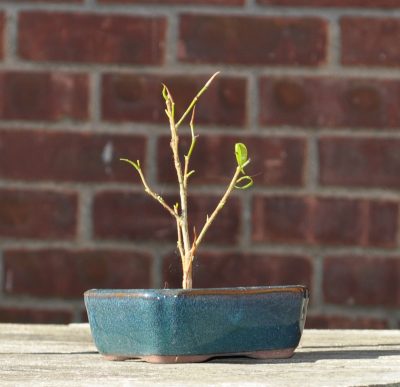

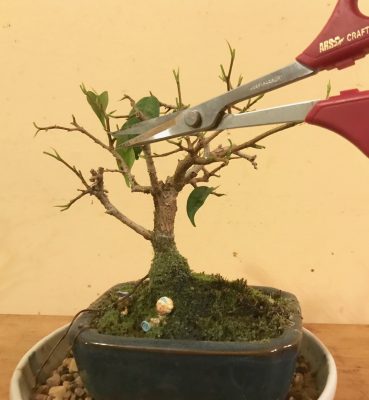
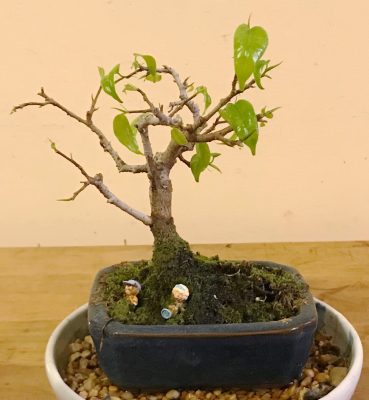
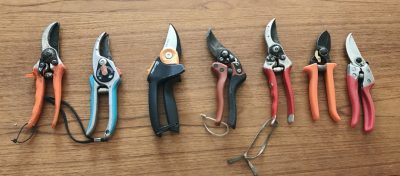
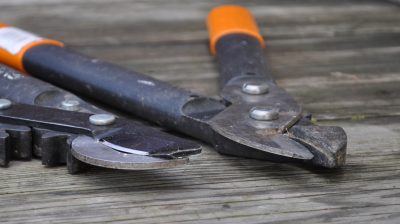
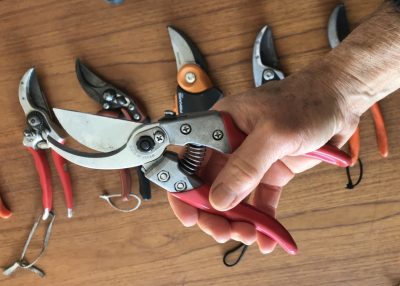
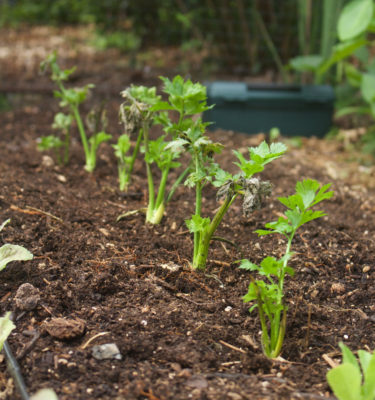
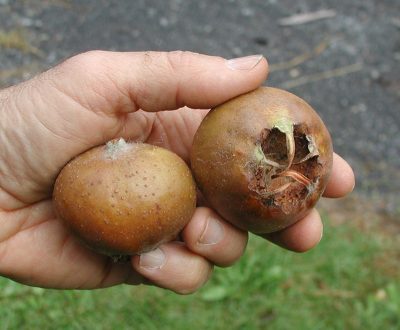 Usually the plant is pest-free but a few years ago something, perhaps a fungus, perhaps an insect, started attacking it, leaving the flesh dry and crumbly. I have yet to identify the culprit so that appropriate action can be taken.
Usually the plant is pest-free but a few years ago something, perhaps a fungus, perhaps an insect, started attacking it, leaving the flesh dry and crumbly. I have yet to identify the culprit so that appropriate action can be taken.